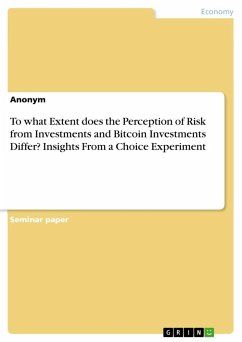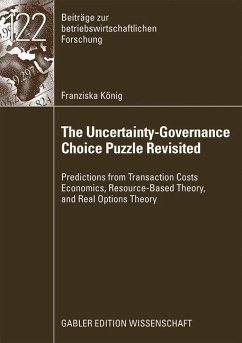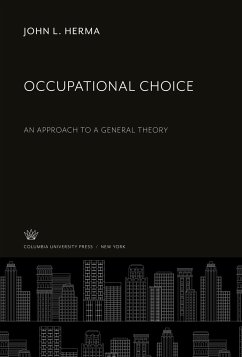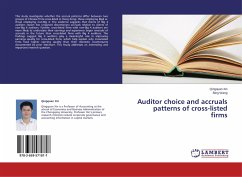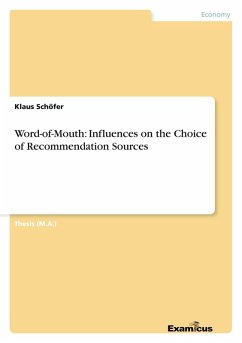
Predictions, Nonlinearities and Portfolio Choice
Applications of Artificial Neural Networks to German Market Indexes
Versandkostenfrei!
Versandfertig in 1-2 Wochen
55,00 €
inkl. MwSt.

PAYBACK Punkte
0 °P sammeln!
Finance researchers and asset management practitioners put a lot of effort into the question of optimal asset allocation. With this respect, a lot of research has been conducted on portfolio decision making as well as quantitative modeling and prediction models. This study brings together three fields of research, which are usually analyzed in an isolated manner in the literature: - Predictability of asset returns and their covariance matrix - Optimal portfolio decision making - Nonlinear modeling, performed by artificial neural networks, and their impact on predictions as well as optimal port...
Finance researchers and asset management practitioners put a lot of effort into the question of optimal asset allocation. With this respect, a lot of research has been conducted on portfolio decision making as well as quantitative modeling and prediction models. This study brings together three fields of research, which are usually analyzed in an isolated manner in the literature: - Predictability of asset returns and their covariance matrix - Optimal portfolio decision making - Nonlinear modeling, performed by artificial neural networks, and their impact on predictions as well as optimal portfolio construction Including predictability in asset allocation is the focus of this work and it pays special attention to issues related to nonlinearities. The contribution of this study to the portfolio choice literature is twofold. First, motivated by the evidence of linear predictability, the impact of nonlinear predictions on portfolio performances is analyzed. Predictions are empirically performed for an investor who invests in equities (represented by the DAX index), bonds (represented by the REXP index) and a risk-free rate. Second, a solution to the dynamic programming problem for intertemporal portfolio choice is presented. The method is based on functional approximations of the investor¿s value function with artificial neural networks. The method is easily capable of handling multiple state variables. Hence, the effect of adding predictive parameters to the state space is the focus of analysis as well as the impacts of estimation biases and the view of a Bayesian investor on intertemporal portfolio choice. One important empirical result shows that residual correlation among state variables have an impact on intertemporal portfolio decision making.





